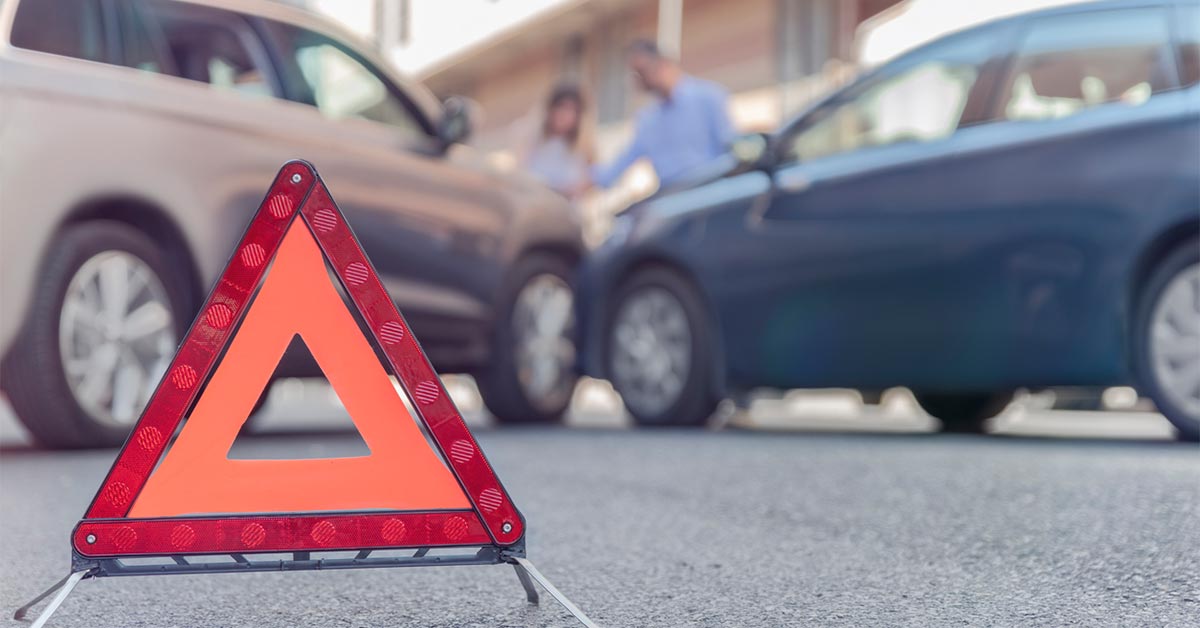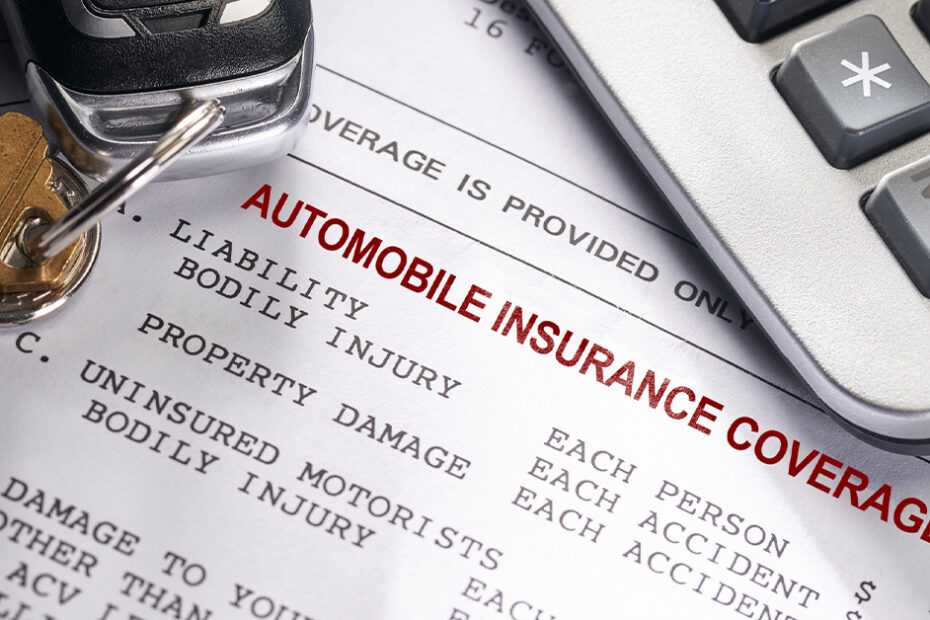Unfortunately, most people think of insurance as a very complicated topic. There are rules and regulations that differ from state-to-state, coverages that apply only in certain circumstances only to be undone by exclusions. And let’s not forget all those insurance terms that can make any person’s head spin! At AIS, we make it a point to educate our customers so that buying insurance doesn’t turn into a guessing game. Below, you will find some of the most commonly believed insurance myths that many people hold true. Having the facts right will help you make wise insurance buying decisions that will save you money in the long-run.
If this information inspires you to get a new car insurance quote for an existing car or a new vehicle you plan to buy, make sure to speak with an Auto Insurance Specialist by phone (888)772-4247 or by visiting us here. Remember, it’s not worth finding out the hard way that you need to be insured.
Myth: To get low car insurance rates, you should always buy car insurance directly from an agent who works for the insurance company.
Truth: Going directly to an insurance company does not in any way guarantee the lowest rates. In fact, you should be compiling as many quotes from as many companies as you can, preferably through an agent you can trust and who can bundle different policies to find you the biggest savings. AIS shops multiple quotes from several top insurance companies to find you the type of coverage you need at prices you can afford.
Myth: Auto insurance rates on red cars are always higher.
Truth: It’s not the color of your car that determines your car insurance rate. There are several factors about a vehicle that insurance companies use to determine the risk. These include: the make and model of your car, its engine size, the body type of the car, how old it is and how much it is worth. In addition, there are some factors about you that also affect your rate. These factors include: your age (in California, your years of driving experience), your residence, your driving record, and (outside of California) your credit history.
Myth: You lose your license after a DUI.
Truth: You do not lose your license after the first offense of drinking and driving (DUI) but you will have a restricted license, on average for 90 days. You will also immediately feel the consequences financially. You will most likely need to apply for an expensive SR-22 certificate of financial responsibility for three years in order to get insured. For the first conviction of DUI, you may also face up to six months in jail and up to $2,600 in fines. Depending on the leniency of the judge, you may or may not have to install an ignition interlock device that prevents the car from starting if your alcohol levels are high. These gadgets run about $800. Also, your car may be impounded at your own expense for up 30 days.
Myth: Your auto insurance rates won’t go up if you don’t report an accident.
Truth: Chances are that even if you do not report the accident to your insurance company, the other driver will do so, especially if that driver feels that you are at fault. If the other driver files a claim with their insurance company, that company will file a claim against you and your insurer. If you had a collision with another car, you will receive a ticket. That ticket will appear on your record at the DMV, and it will likely cause an increase in your premium. Penalties for uninsured driving vary from state-to-state, but you may get your license and registration suspended, along with a ticket. The fines will be expensive and so will the financial responsibility certificate you’ll likely have to obtain in order to drive again. Your premiums will likely increase regardless of whether or not you report the accident to your insurance company.
Myth: Even one speeding ticket will raise my auto insurance rate.
Truth: This isn’t always the case. Some insurance companies will waive your first ticket, assuming your record is otherwise clean. Also, you always have the option of taking a Driver Safety course before the expiration date of your ticket. If you do so in a timely fashion, your insurance company will not know about the ticket.
Myth: Your insurance company will pay off your loan on a car if you total it.
Truth: Assuming the limits on your policy allow for it, insurance only covers what’s called “the fair market value” or “actual cash value” of a vehicle if it is declared totaled. The fair market value is based on several factors, but mainly depreciation. Your car may be worth less than what you owe because a car depreciates as soon as it leaves the car dealership. This is the reason behind GAP insurance, which would cover the remainder of what you owe. Gap insurance is an add-on coverage, which is good to buy if you already know you owe more than what, say, Kelly Blue Book says your car is worth. In most cases, you can only use Gap insurance if you have a comprehensive and collision coverage policy. Avoid buying Gap insurance from the car dealership, which is more expensive than buying it from an insurance agent. It’s always a good idea to buy a car as close as possible to the manufacturer’s suggestion or at its current fair market value because otherwise, you may owe more than your loan. For instance, if you owe $20,000 on your crashed car and its fair market value is $15,000, you owe $5,000. Gap insurance would cover that remaining $5,000. Otherwise, it’s coming out of your pocket.
Myth: Older drivers are more prone to car accidents due to slow reaction times and weaker eyesight. Therefore, their insurance rates are higher than they are for other drivers.
Truth: The opposite is true: Drivers over the age of 55 often qualify for mature-driver discounts on car insurance. Statistically speaking, mature drivers make fewer car insurance claims and are involved in accidents less frequently than new drivers. Younger drivers under the age of 25 have the highest car insurance rates. Rates have gone up to the point that many young people are choosing not to drive until they are older. The ones who do get their driver’s licenses are not always buying cars right away, often to avoid paying such high auto insurance rates.
Myth: Your Credit Rating Determines Your Insurance Rate.
Truth: In some states, credit scores are heavily taken into consideration for car insurance. In some states, like California, however, they are not used at all. When your credit is checked for a car insurance rate, it’s usually a soft check so you don’t have to worry about getting multiple quotes and completely destroying your credit while shopping for insurance. The reason some insurance companies use your credit rating is because of evidence that it’s a good indicator of accident risk.
Myth: You only need to buy the minimum liability coverage required by your state.
Truth: You may only be required to buy the minimum amounts of liability coverage, but will that cover the cost of damages if you get into an accident that you caused? If you injure someone or damage property, the minimum limits of your liability coverage may not cover all expenses. Accidents can be expensive, and you will be held responsible to pay for what insurance won’t cover. This is an issue to take into consideration when deciding how much coverage you should buy. A couple of extra dollars a month may save you thousands if you’re involved in an accident.
Myth: Comprehensive coverage will pay for everything that liability insurance doesn’t cover.
False: Comprehensive insurance covers theft, natural disasters, fire and other types of events that are not collision-related. Be certain that comprehensive coverage will not extend to damage after hitting another vehicle. If you have a collision with another car and it’s your fault, it will not be covered by comprehensive insurance. It would be covered by collision. However, if you hit a dead animal on the road, comprehensive will most likely cover the damages to your car.
Myth: Active service members pay more for insurance than civilians.
Truth: The opposite is true. Soldiers and other members of the armed forces, even veterans, are often eligible for special discounts by insurance companies.
Myth: If you get a job at a ridesharing company like Lyft or Uber, your regular car insurance is enough.
Truth: There are several ridesharing companies that have made it easy for people to earn money by driving people to their destinations using their own car. However, drivers often don’t know that they are only covered by the companies that employ them when their ride-share app is turned on and while they are transporting a customer or accepting fare from that person. It’s only when the ride-share app is turned off that the personal car insurance provides coverage the driver. While waiting to accept the fare, the driver is not covered by either insurer. Rideshare insurance covers that gap in time and is very inexpensive, but not all insurance companies offer it.
Myth: You should buy homeowner’s insurance based on its real estate market value.
Truth: The smartest thing you can do is buy insurance based on your home’s cost were you to rebuild it. Think about materials, labor and the kind of damage it can and cannot withstand based on common types of natural and unnatural disasters.
Myth: If I have a really terrible accident and cause major injury or death, my car insurance company can drop me immediately.
Truth: Insurance companies have to follow some rules, too. Generally, they will wait until the policy period is over. You will have to find an insurer who will cover you afterwards and will probably pay much higher rates and may even need an SR-22, a certificate of responsibility, in order to legally drive again.
Myth: I’m covered and won’t have to pay anything out-of-pocket if I let a friend borrow my car and he has an accident.
Truth: Your insurance policy will cover your friend but if he doesn’t have insurance of his own, you may have to pay out-of-pocket if your limits are lower than the cost of damages and injuries.
Myth: The smaller your car, the cheaper it is to insure.
Truth: Small cars are not the cheapest to insure, often because they’re chosen by more inexperienced drivers who tend to make claims, and because passengers incur more expensive injury claims. Much of the determining factor is how the small car has performed in crash ratings over the size of the vehicle so there is no across-the-board rating for small cars or big cars.
Myth: My shiny new car will draw thieves more than my buddy’s car which is 5 or 6 years old.
Truth: Thieves make a living out of stealing cars and then reselling the parts that are in great demand in the black market. Thieves also have their favorites, the models and makes that are most commonly driven, not the most expensive ones necessarily. Newer cars tend to have fewer problems so they don’t often need new parts, so there isn’t a huge market for parts for new cars. Older cars that have some wear and tear are the ones that need new parts. Additionally, the anti-theft systems common in newer cars may make them more trouble than they are worth to thieves.
Myth: I got a ticket when I was out-of-state and my local DMV will know nothing about it.
Truth: You got that wrong. It doesn’t matter how far away from home you are; the DMV will report all tickets that are issued within the 50 states and U.S territories. Your insurance company will most definitely receive word of it. If it is a moving violation, however, you can take a driver’s safety class or online course to have the points removed before your insurance company catches wind of it. This is the only thing you can do to prevent the ticket from hurting your driving record.
The information in this article was obtained from various sources. This content is offered for educational purposes only and does not represent contractual agreements, nor is it intended to replace manuals or instructions provided by the manufacturer or the advice of a qualified professional. The definitions, terms, and coverage in a given policy may be different than those suggested here and such policy will be governed by the language contained therein. No warranty or appropriateness for a specific purpose is expressed or implied.



